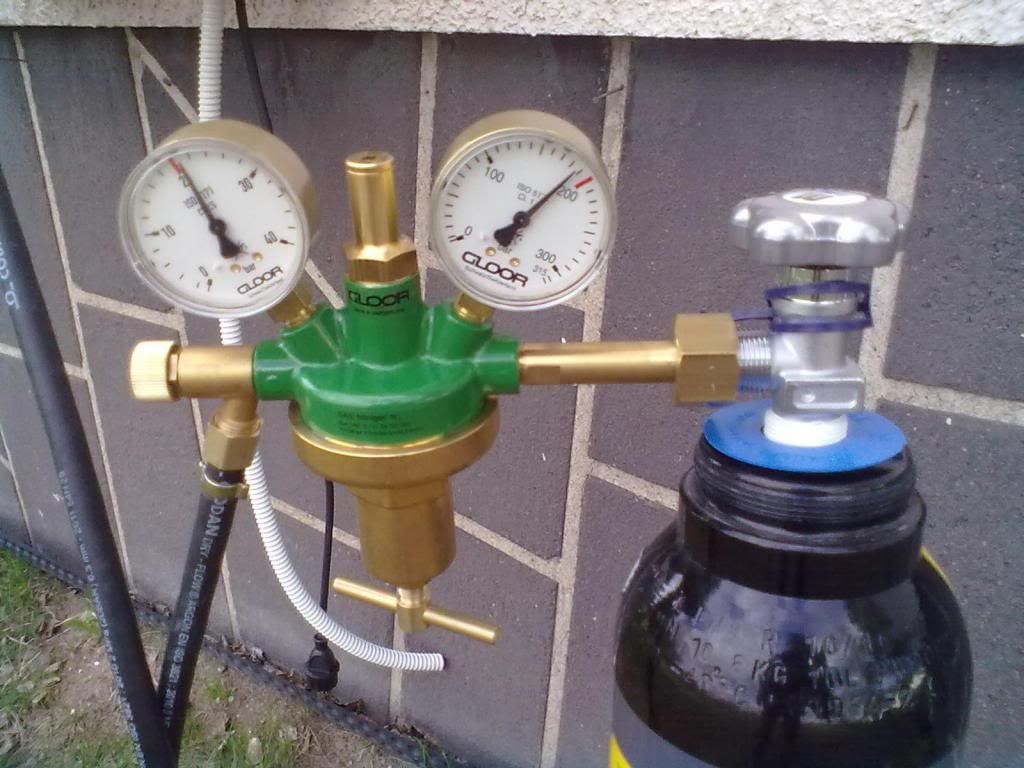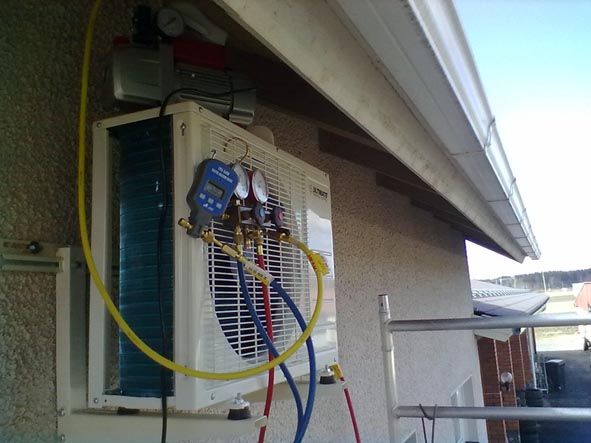Hi everyone
I have had the required training and have the licence needed to fit and work on small systems (up to 3kg of refrigerant). Over here they are becoming popular as heat pumps, although of course if it does get hot in the summer they work in reverse too. The ones I work with are R410A with flared copper pipe fittings.
Although I sell and fit them, I've been wondering how others around the world pressure test and vacuum systems like these. I've asked around, including those who trained me and the technical staff at companies whose pumps I sell and install, and I have heard wildly varying views about the need for pressure testing, vacuum time etc. One guy who has installed and sold these for years says he doesn't pressure test at all...
Would any of you be happy to share how you go about pressure testing and pulling a vacuum on these?
Thanks! :grin2:
I have had the required training and have the licence needed to fit and work on small systems (up to 3kg of refrigerant). Over here they are becoming popular as heat pumps, although of course if it does get hot in the summer they work in reverse too. The ones I work with are R410A with flared copper pipe fittings.
Although I sell and fit them, I've been wondering how others around the world pressure test and vacuum systems like these. I've asked around, including those who trained me and the technical staff at companies whose pumps I sell and install, and I have heard wildly varying views about the need for pressure testing, vacuum time etc. One guy who has installed and sold these for years says he doesn't pressure test at all...
Would any of you be happy to share how you go about pressure testing and pulling a vacuum on these?
Thanks! :grin2:







